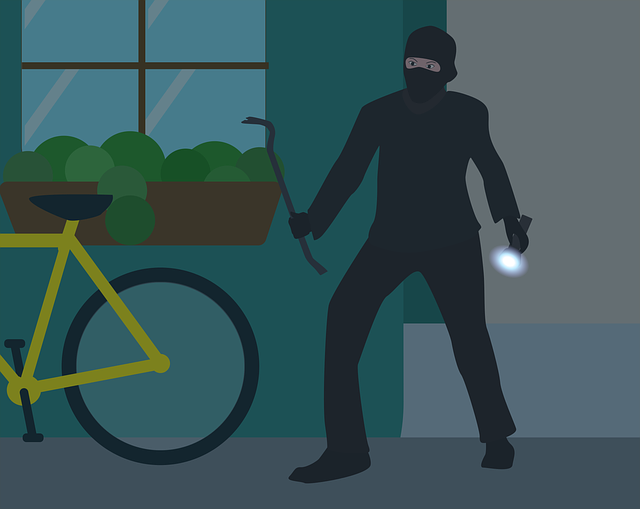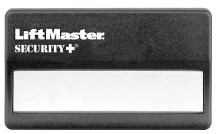Can your garage opener be hacked?

Garage door openers are a major convenience. All it takes is the push of a button to open your door, and with LiftMaster’s MyQ technology, that button can be pressed from anywhere in the world. While garage door openers add convenience to your home life, they can come at a cost to your home’s security. Older garage door openers have a fixed code that is sent over radio frequencies. If someone has hacking skills and a device called a code grabber (records the code sent by an opener), they can easily hack into your system and open your garage door.

Typically, the intruder will leave a code grabber hidden near your garage door when you are not present. When you return and press your opener button, the code grabber records your opener’s fixed code. The intruder will then come back late at night or early in the morning and pick up the device. Having recorded the code, the intruder now essentially has a copy of your garage door opener remote and can open your garage with their device.

There is an easy way to tell whether your opener uses a fixed code. For this example we will use LiftMaster remotes. If your remote says “Security+” or “Security 2.0,” you are in luck. These remotes use a rolling code which means the remote control will always send a different code to your opener. This makes your garage far more secure and less vulnerable to hackers. If you do not have one of these remotes, check out our dealer locator to find a local reputable dealer that can help you upgrade your system.

Smart garage openers are unfortunately not immune to intruders either, but there are ways to help protect your garage and household. First, you should understand how intruders might hack your smart garage opener. They will typically try to hack your WiFi network because it is connected to your smart opener. If you have any other devices connected to your network, they can gain access to them as well.
Make sure to follow these steps to protect yourself, your garage, and your household:
1) Get a decent firewall set up for your WiFi network.
2) Enable fingerprint or face recognition on your smartphone.
3) Change your WiFi name to something that does not let a potential hacker gain any information like “Internets1” or “wifi_B”. This way they cannot figure out important details like your internet provider, router type, or your first and last name.
4) Place your smart devices on a different WiFi network. By making a separate network for your smart devices, you are making it harder for intruders to access sensitive data stored on your computers and phones.
5) 2-Factor Authentication. Use 2-factor authentication whenever possible. This makes it harder for people to access your accounts and information.
6) Use Passwords that are strong and unique.
Hopefully you found this article helpful and informative. Although few people are actually targeted by garage door hackers and intruders, it is much better to be prepared than be surprised by intruders in your home. To learn more about protecting your smart home, check out this informative article by MarketWatch.

